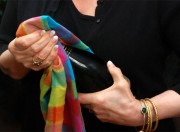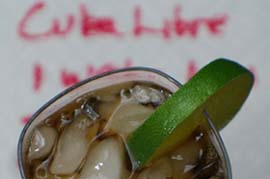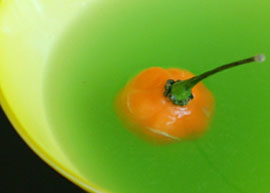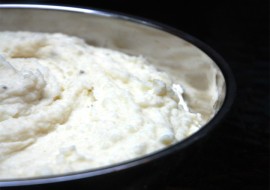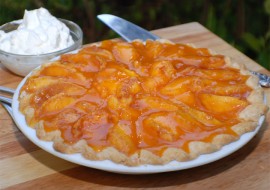Late last September Sammy and I went to our local nursery in search of winter greens and herbs for my kitchen garden. He ran about exploring, sniffing flowers and stomping in puddles. I realized that this was the perfect time to start teaching him how to grow his food—plus a few life lessons.
We went home with our plants and a large pot for “Sammy’s Garden.” He helped fill it with potting soil and then gently removed each plant from its container. “What’s this?” Tiny fingers held up a plant with hairy roots flowing freely. We talked about how they absorb food and water and make the plants grow. He placed them in the pot, covered the roots, and gave them a drink.
Sammy checked his “babies” daily and took great pride watering and feeding them. As they grew, so did his joy for work well done. When the rainy season started, he realized he didn’t need to water them so much. We talked of plants and trees and clouds and rain. Always there were more questions which I answered with simple answers that satisfied his immediate curiosity.
This weekend, I sent him to the garden with his basket to harvest the first leaves for a salad. The picking went well until he realized that we planned to eat them. “No! You can’t eat my babies!” Gently, I reminded him that we grow food to nourish our bodies and souls—but he would have none of it.
Several days later, I took him to the local farmer’s market to shop for dinner. We looked at familiar things—beets, carrots, and lettuce. I showed him the hairy roots on the beets and reminded him that they grew in the soil like his babies. He was interested but didn’t say much.
This weekend we’ll make a simple salad using store-bought vegetables. Maybe he’ll offer a few home-grown leaves. Maybe not.
Sammy’s garden is his beginning awareness of the Earth and all its inter-connectedness. As he grows up, he’ll look forward to ripe, seasonal food prepared with love and care. Greater topics like sustainable organic farming, conservation, and global warming will make more sense with a core understanding of how things work. Sammy will know that to grow and thrive, we must be effective stewards of this planet and teach the next generation to appreciate the origins of our food.




